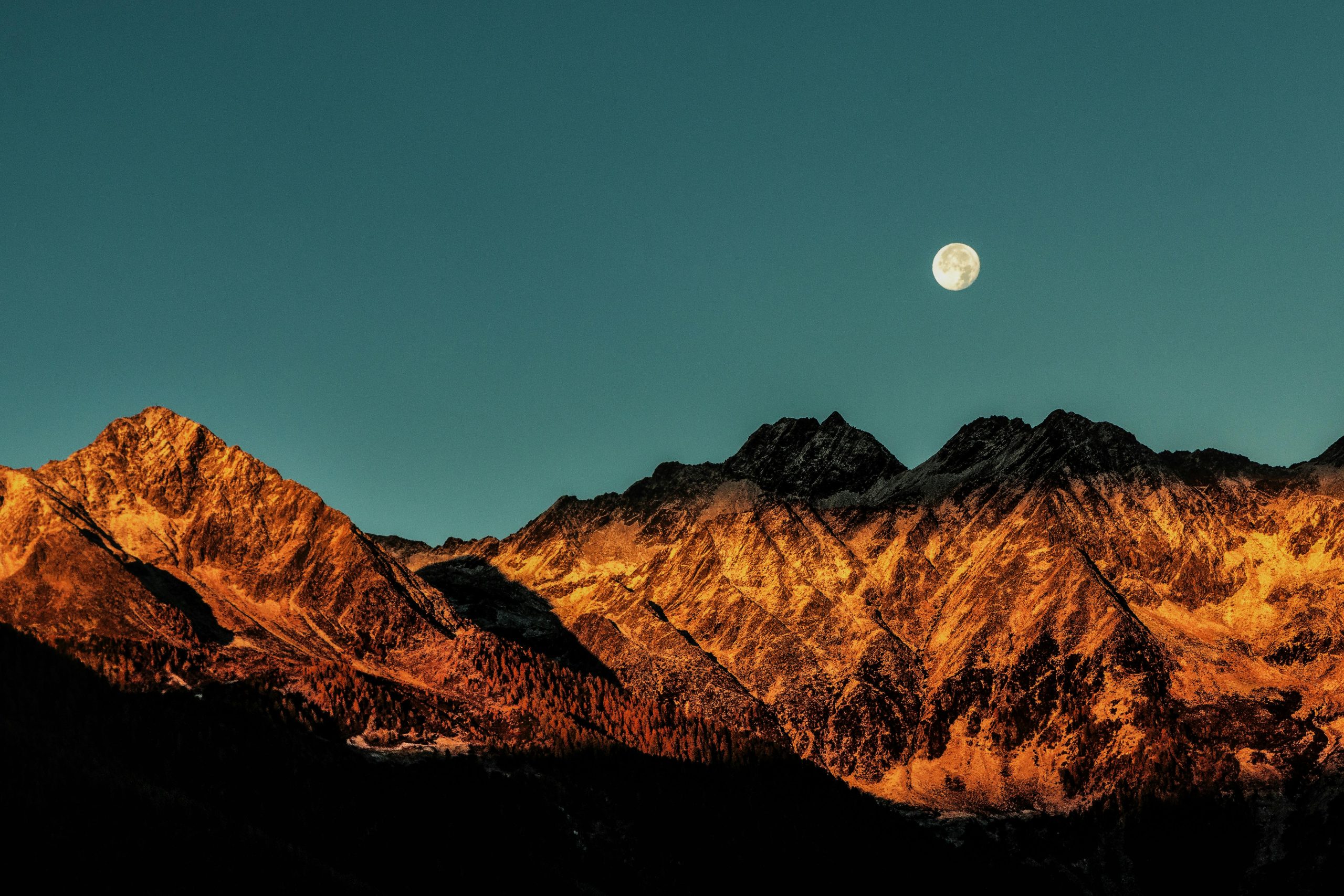When the sun dips below the horizon, a whole new world comes alive a world of glittering cityscapes, mystical landscapes bathed in moonlight, and starry skies stretching into infinity. Night photography travels invite you to capture the magic that only darkness can reveal. Whether you’re a curious beginner snapping shots on your phone or a professional with a camera bag full of gear, this guide will help you navigate the art of traveling for night photography.
Why Night Photography?
Night photography offers a completely different atmosphere from daytime shooting. The quiet, the lights, and the mysterious shadows all contribute to a sense of drama and wonder. Here are a few reasons why travelers chase the night:
- Unique Perspectives: Popular destinations often look completely different and less crowded at night.
- Celestial Beauty: From star trails to the Milky Way, night skies offer breathtaking sights.
- Vibrant Cityscapes: Neon signs, lit-up skylines, and reflections in water create dynamic compositions.
- Light Trails and Long Exposures: Capture the movement of time in still frames.
Best Destinations for Night Photography
Here are a few globally renowned and off-the-beaten-path destinations perfect for night photography:
Nature & Skywatching
- Mauna Kea, Hawaii, USA – High elevation and clear skies make it ideal for astrophotography.
- Aoraki Mackenzie, New Zealand – A certified International Dark Sky Reserve.
- Sahara Desert, Morocco – Dramatic dunes under the stars.
- Kano, Nigeria – For dramatic desert landscapes and low light pollution.
Urban Wonders
- Tokyo, Japan – Neon, movement, and chaos make for surreal night scenes.
- Paris, France – Iconic landmarks beautifully illuminated.
- Dubai, UAE – Architectural marvels and light-filled nightscapes.
- Lagos, Nigeria – The bustling nightlife offers vibrant street photography.
Gear Essentials for Every Type of Traveler
Smartphone Travelers
- Use the “Night Mode” or a long exposure app like Slow Shutter Cam or Nightcap.
- A mini tripod and remote shutter can improve stability and quality.
- Clean your lens. Small smudges affect clarity at night.
DSLR/Mirrorless Photographer
- Bring a sturdy tripod.
- Wide-angle lens (f/2.8 or lower aperture is ideal).
- Extra batteries (cold nights drain them faster).
- Remote shutter or intervalometer for long exposures or time-lapse shots.
Don’t Forget
- Headlamp with a red light (to preserve night vision).
- Weather-appropriate clothing.
- Lens wipes for dew or condensation.
1. Techniques & Tips for Stunning Shots
- Use a Tripod: Long exposures require absolute stillness.
- Adjust ISO: Start with ISO 800–3200. High ISO brightens images but may add noise.
- Shoot in RAW: Gives you more editing flexibility.
2. Play with Shutter Speed
- 1–10 sec for light trails.
- 15–30 sec for stars (without star trails).
- Bulb mode for longer exposures and star trails.
3. Manual Focus
- Autofocus struggles in low light.
- Use live view and zoom in to focus manually.
Safety While Shooting at Night
Night photography can be thrilling, but safety should never be compromised:
- Travel with a friend or inform someone of your location.
- Avoid secluded or sketchy areas.
- Carry a flashlight or headlamp.
- Be mindful of local laws or regulations, especially when using a tripod or drone.
Cultural Etiquette and Local Wisdom
- In urban areas, be respectful when photographing people some cultures find it intrusive.
- In rural or religious areas, get permission before setting up gear.
- Hire a local guide for remote areas; they know safe spots and can help you find hidden gems.
Post-Processing Tips
Night photos often require a bit of editing:
- Use tools like Lightroom or Snapseed.
- Increase exposure, contrast, and clarity carefully.
- Reduce noise using noise reduction tools.
- Adjust white balance to eliminate orange or blue color casts.
Embrace the Darkness
Traveling for night photography is not just about taking pictures it’s about experiencing places differently. It invites patience, mindfulness, and a sense of adventure. The silence of the desert under the stars, the hum of a neon-lit alley, or the reflection of moonlight on a mountain lake all these moments become timeless through your lens.
Whether you’re capturing the Milky Way over Namibia, the city lights of New York, or the lantern-lit streets of Kyoto, remember the world doesn’t sleep at night it transforms. All you must do is look a little closer.





Leave a Comment